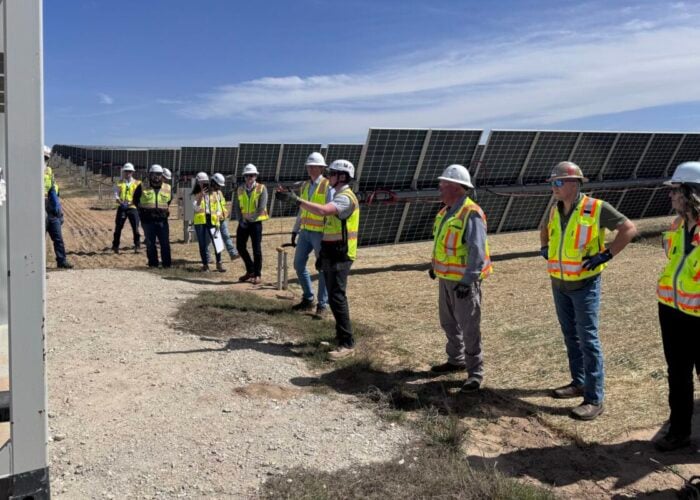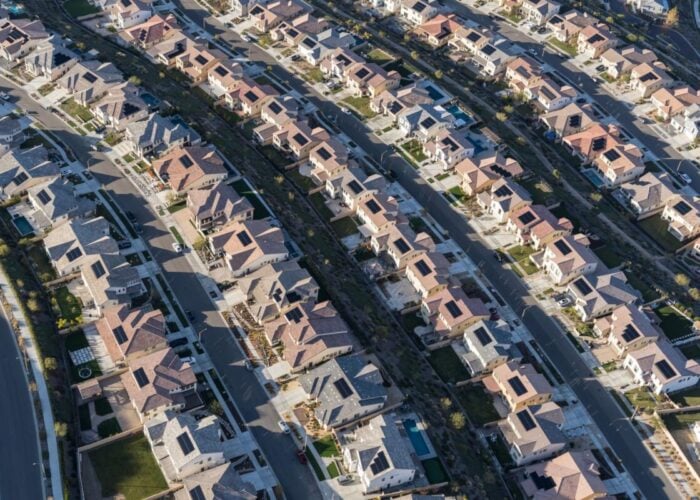Despite the hope and promise that solar power holds out as a cleaner source of long-term electricity generation, it is not without its problems. As the price of solar power continues to fall based on increased scale of production and innovation, these advances are underpinned by something often overlooked – a reliable source of raw materials. When you’re using your computer or phone, do you ever stop and think about the source of the minerals and materials which provide the technology we often take for granted? So it is with solar power. Every day we open the newspaper and read an article about another consumer or business adopting solar technology based on increasingly competitive economics. But how are these economics achieved? This is an often overlooked question and has recently become more important.
In recent years, China, the “workshop of the world”, has offered low labour costs (though this is changing) and raw materials for high-value products have been sourced from Asia and Africa, in particular – areas with relatively lax environmental standards. Increased awareness of the human toll of this business model has led to legislation aimed at forcing companies to alter their business models and ensure raw materials are sourced and produced to the highest possible standard.
Try Premium for just $1
- Full premium access for the first month at only $1
- Converts to an annual rate after 30 days unless cancelled
- Cancel anytime during the trial period
Premium Benefits
- Expert industry analysis and interviews
- Digital access to PV Tech Power journal
- Exclusive event discounts
Or get the full Premium subscription right away
Or continue reading this article for free
One such notable example is the Dodd-Frank Wall Street Reform and Consumer Protection Act of 2010. Specifically, Section 1502 states that companies that report to the U.S. Securities and Exchange Commission (SEC) and produce goods that utilise tin, tantalum, tungsten, or gold are required to list the due diligence procedures they have in place to determine whether or not the source of the minerals is the Congo or a neighbouring country. Here is some more detail from Ernst & Young:
| Mineral | Description | Major users |
|---|---|---|
| Cassiterite | Ore from which tin is extracted | Plating and solders for joining pipes and electronic circuits |
| Columbite-tantalite | Ore from which tantalum is extracted | Electrical components |
| Gold | Rare metal found in a native (pure) form and obtained as a by-product of other mining operations | Electronic components |
| Wolframite | Ore from which tungsten is extracted | Metal wires, electrodes and contacts in lighting, electronic and electrical applications |
Source: Ernst & Young.
This is really only pertinent to the solar industry with respect to tin and there are multiple examples of how solar panel manufacturers are dealing with this issue. Here’s an example from Canadian Solar and here’s one from First Solar. Reading these documents and how the companies detail their efforts really gets to the point of this post:
Despite the best intentions of the companies and politicians who crafted this legislation, there is no way to be absolutely certain that the raw materials in solar supply chains are completely “conflict free” – and there likely never will be. The reasons for this really come down to the global nature of supply chains and certainty around economics.
There is an awareness of the need to mine and refine minerals ethically (see the complete list of conflict-free smelters here), and thankfully, tin is such a small overall cost to solar cell production, so higher tin prices shouldn’t affect profit margins. That said, there is a great deal of reputational capital to be gained from demonstrating a truly conflict free supply chain. Sourcing tin from a more geopolitically stable part of the world (North America, for example) means building new mines. Given the capital expenditure involved (in the hundreds of millions of dollars), permitting and mine building (at least 10 years), and the fact that there is no shortage of tin (either currently or forecast), means the existing supply chains will remain in place and consumers and businesses must make the choice between using or not using products where the provenance of the raw materials is not always clear.
This promises to remain an issue as demand for solar power continues to increase based on falling prices due to scale and technological advancement. Fortunately, there are movements to provide some visibility into how solar companies are confronting the conflict minerals issue as well as other environmental factors. The Silicon Valley Toxics Coalition produces a “solar scorecard” which aims to rank major panel producers on a host of issues including conflict mineral certification. You can see the most recent report here.
One section of the note is telling:
“Zero companies can provide documentation to verify that their supply chains do not contain conflict minerals based on the due diligence guidelines set by the OECD. Twelve companies are engaged in or have started the process of due diligence to determine if conflict minerals are present in their supply chains.”
In short, nobody has true visibility across the entire solar supply chain and obtaining this is cost prohibitive and logistically challenging. One of the clear takeaways here is that no matter what the source of electricity we choose, there are trade-offs. The positives of coal (cheap and abundant) must be weighed against the long-term negatives including CO2 emissions, pollution, and environmental degradation. Nuclear, natural gas and hydro all have pros and cons as well.
A similar reckoning with solar must be made by answering a simple question: are you willing to utilise a limitless and clean(er) source of electricity if solar panel producers can’t guarantee that the raw materials they use contribute to human suffering? What is your high quality of life worth?






